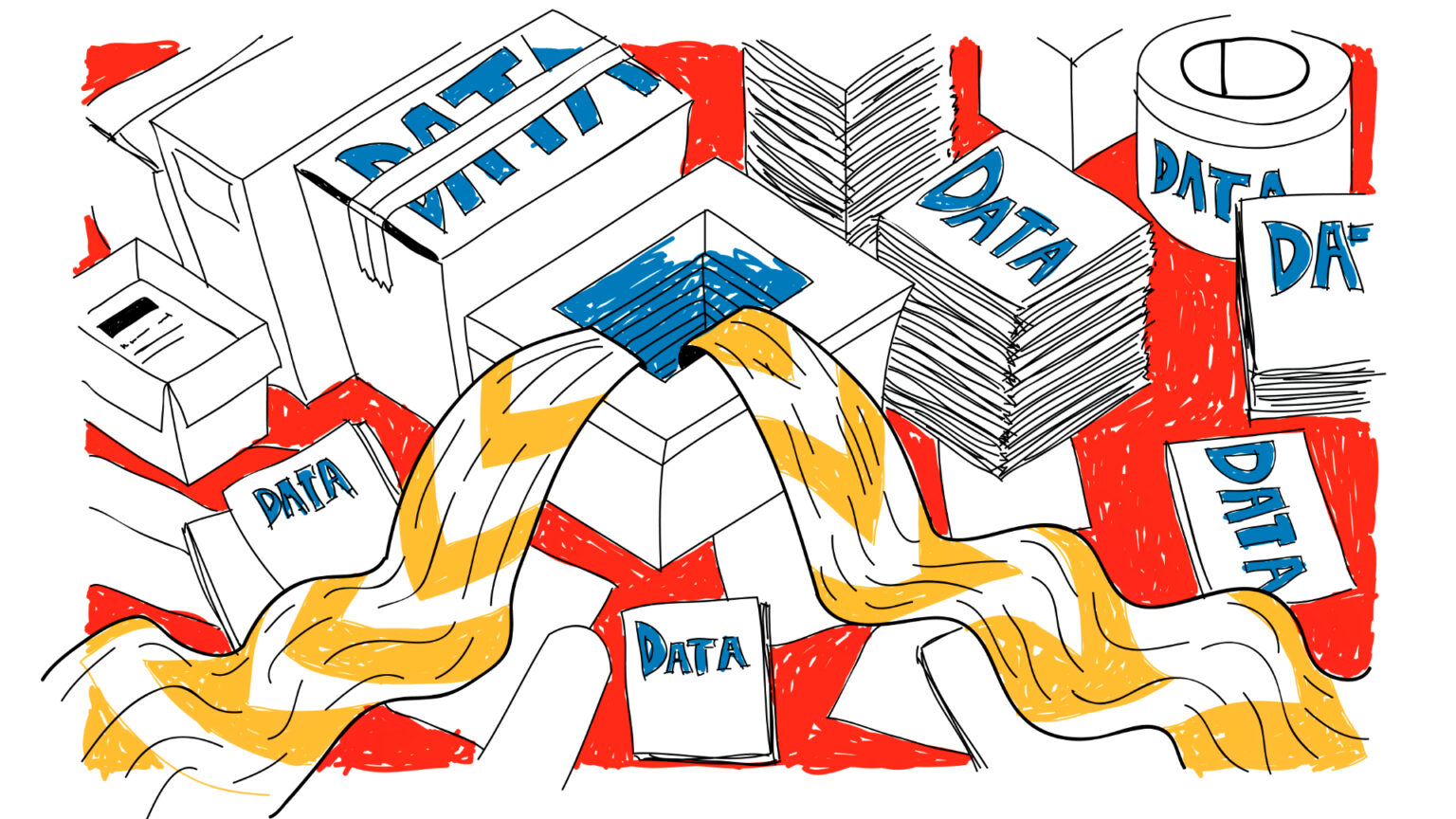There is a reasonable belief in boards and legal departments that security and compliance policies are the cornerstone of data control . Volumes of documents outlining policies, classifications and regulations are produced. Meanwhile, the technical reality is that these policies remain largely a collection of wishful thinking – a ‘Memo’ that no one can realistically enforce on a massive scale. At the same moment, a data analyst, chasing deadlines, may inadvertently run a processing job on a cluster in the United States, using customer data from the European Union, because ‘it was faster that way’.
In a modern, distributed data architecture, the only effective policy is one that machines understand and ruthlessly enforce. This is a fundamental paradigm shift: moving from ‘Policy as Memo’ to ‘Policy as Code’. In this new model, the Data Catalogue ceases to be a passive inventory of asset content and becomes an active, central operational brain that dictates the rules of the game directly to the data engines.
Graveyard of labels
The problem with current policies lies not in bad intentions, but in their complete disconnection from technological reality. Most of the existing guidelines in organisations are neglected for a simple reason: in practice, no one is able to control so-called ‘wild growth’ (data sprawl).
Data is constantly being copied, exported, transformed and aggregated. In this chaos, policies written in a Word document become dead the moment they are approved. Technical teams try to keep up by creating their own label systems in tools. The result is chaos. There is no binding, central definition.
However, the most serious technical flaw of the old model is the lack of inheritance. When source data, even correctly labelled as ‘Strictly Confidential’, is transformed or copied, its ‘passport’ – i.e. the policy metadata – is most often lost. The derived product becomes a ‘clean sheet’, devoid of any rules. This is a recipe for regulatory and business disaster.
From dictionary to command centre
To regain control, the role of the Data Catalogue must undergo an evolution. From being a passive metadata repository, mainly used for resource discovery, it must become an active command centre for data governance.
In this approach, the Catalogue becomes the ‘Single Source of Truth’ (Single Source of Truth) for the critical meta attributes associated with sovereignty. It is here, and only here, that one centrally defines not only what a resource is, but what rules govern it. Instead of abstract labels, precise attributes are defined, such as “Residence” with a binding list of values (e.g. “EU only”, “DE only”) and “Transfer rules” (e.g. “No transfer to third country”, “Only with SCC”).
The key paradigm shift is to reverse the logic. Instead of expecting a data engineer to read a policy and manually implement it, it is the computing systems (data engines) that are obliged to *query* the Directory for the applicable rules before performing any operation.
How documentation becomes action
This ‘Policy as Code’ mechanism can be described in three simple steps: Define, Synchronise, Enforce.
Firstly, Define. In the central Data Catalogue, the domain owner (e.g. Data Steward) defines the meta-attributes for the critical resource.
Secondly, Synchronise. The Data Catalogue does not keep these rules just for itself. It acts like a nervous system, automatically propagating (synchronising) these attributes to the meta-data layers in all target systems – data warehouse, lakehouse, ETL/ELT tools or object stores.
Thirdly, Enforce. This is the crux of the change. When an analyst attempts to run an analytics task on a cluster in the `us-west-2` (US) region, using `Client-360` data, the engine reads the inherited meta-attribute. As a result, the task is automatically stopped before a violation occurs.
This is the point at which documentation becomes a measurable control in action. Policy ceases to be a passive document and becomes an active, verifiable runtime rule.
Implementation strategy
A natural concern for technology executives is the prospect of another multi-year, gigantic implementation project. However, the strength of the ‘Policy as Code’ approach lies in its scalability for Lean implementation.
Rather than trying to map and classify every bit of data in the organisation from day one, the strategy is to focus on the biggest risks. The source text rightly suggests starting with just the two meta attributes that provide the most value: Residency (Where can the data be?) and Transfer (Where can it go?).
These two rules should first be applied to the two most critical categories of data: personal data (where the risks are RODO penalties and loss of trust) and trade secrets (where the risks are loss of competitive advantage and intellectual property).
Such a ‘lean’ start-up achieves visible progress and measurable risk reduction in a short period of time. These quick wins build momentum and support within the organisation for further data governance expansion, adding further attributes (such as retention, encryption or operator access control) only when their added value is clear.
Resilient management
Organisations must stop relying on human interpretation of security policies. In the age of data geopolitics, cyber threats and complex cloud architectures, data sovereignty must be automated. Moving compliance logic directly into code and infrastructure, with the Data Catalogue as the central brain, is the only scalable way to provide real control without killing innovation.
For technology leaders, this represents a fundamental shift – from reactive audit firefighting to proactive, automated risk management that is immune to human error and fully verifiable.












